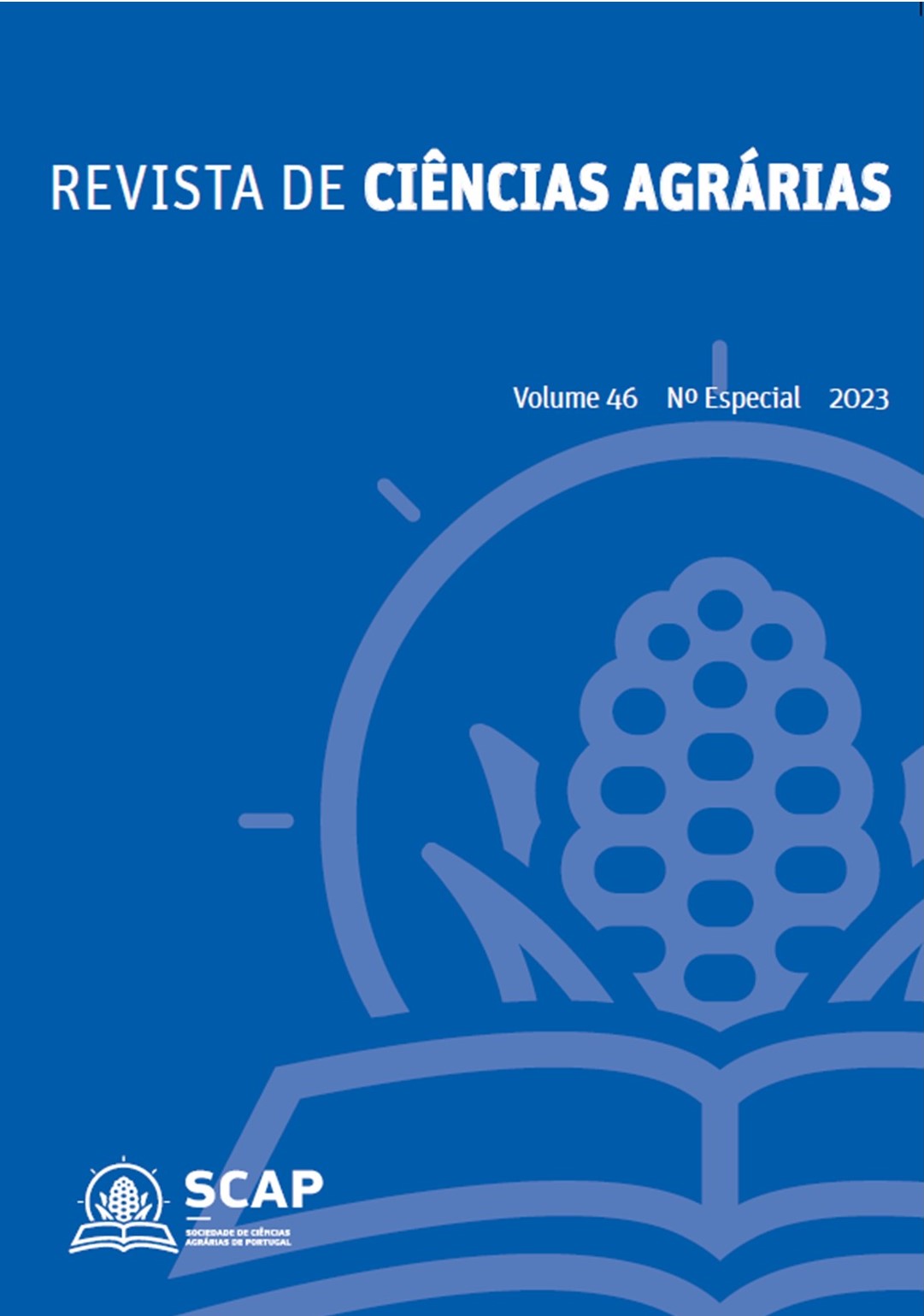Carbon Soil in Trás-os-Montes region (NE Portugal): relationships with climate and land use
DOI:
https://doi.org/10.19084/rca.33466Abstract
Carbon is one of the elements responsible for soil fertility, a decisive aspect of agricultural productivity. The conventional quantification of Soil Organic Carbon (SOC) is carried out by laboratory analysis, a costly and time-consuming method that is not feasible for large areas, which encourages the exploration of new methods. The objective of this work is to preliminarily evaluate the relationships between climate, land use, and SOC in the Northeast of Trás-os-Montes, in view using environmental variables as indicators of their C content. For this study, the Soil Map of NE Portugal was taken, with SOC data (192 profiles), and the Aridity Index (IA) and Soil Occupation Maps (COS 2018) to obtain the spatial distribution of soils. It was found that in about ¾ of the regional area there is a coincidence between classes of secondary soil units differentiated by SOC, and classes of IA, differentiating climate types. Mean SOC values were 0.7%, 1.1%, and 5.1%, respectively for the Eutric/semi-arid, Dystric/sub-humid, and Umbric/humid soil/climate classes, respectively. The lowest average SOC values correspond to permanent crops in Eutric soils (1.2%) and the highest to shrubland in Umbric soils (10.9%).


